
Imagine two young children, a boy and a girl.
The boy is constantly fidgeting, talks a lot, is easily disturbed, often makes hasty mistakes, loses things and interrupts others. He also has difficulty sitting still, completing homework, following instructions and paying attention while playing or studying.
The girl is quiet and shy at school, she prefers to sit at the back in class and does not express herself much. She often seems distracted and she is forgetful. She lacks confidence and does not have many friends. She is disorganized, misunderstands instructions and has performance anxiety in her studies.
Now imagine that you are assigned the task of diagnosing the children based on these descriptions (diagnostic work is not really done that way at all). Using your knowledge about children in general and common problems that children have, what do you think might be the boy’s problem? And what might be the girl’s problem?
A lot of readers will probably think that the boy has ADHD. ADHD is a neurodevelopmental disorder that affects over seven percent of children and about five percent of adults, and most people know that it can manifest with these or similar symptoms.
If you think the boy’s symptoms point to ADHD, then you are correct. If you think that the girl’s symptoms also point to ADHD, then you are also correct and you are part of a small group of readers who know that ADHD often manifests very differently in boys and girls.
Maybe you know that the girl probably has what is sometimes called the silent type of ADHD and is a common manifestation of ADHD in girls.
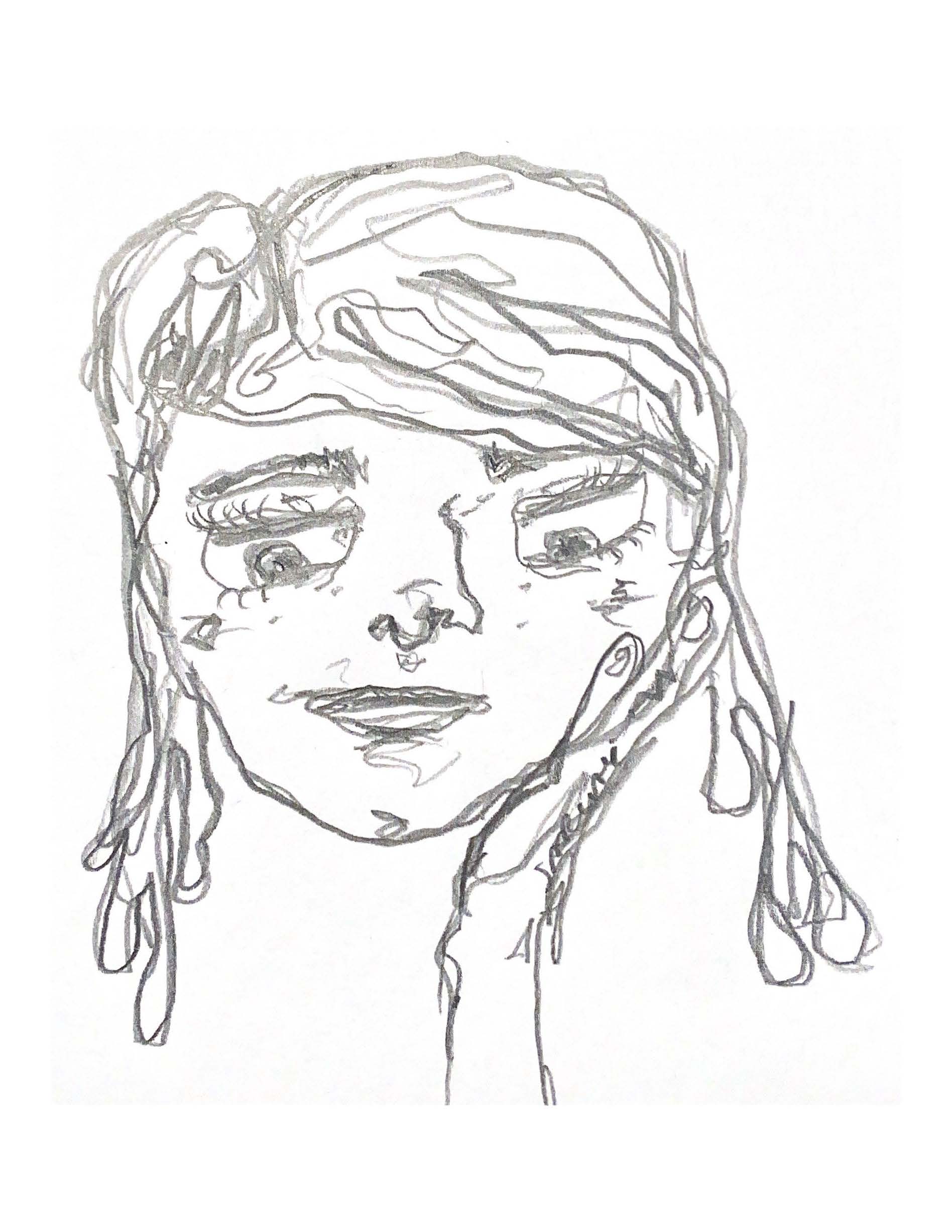

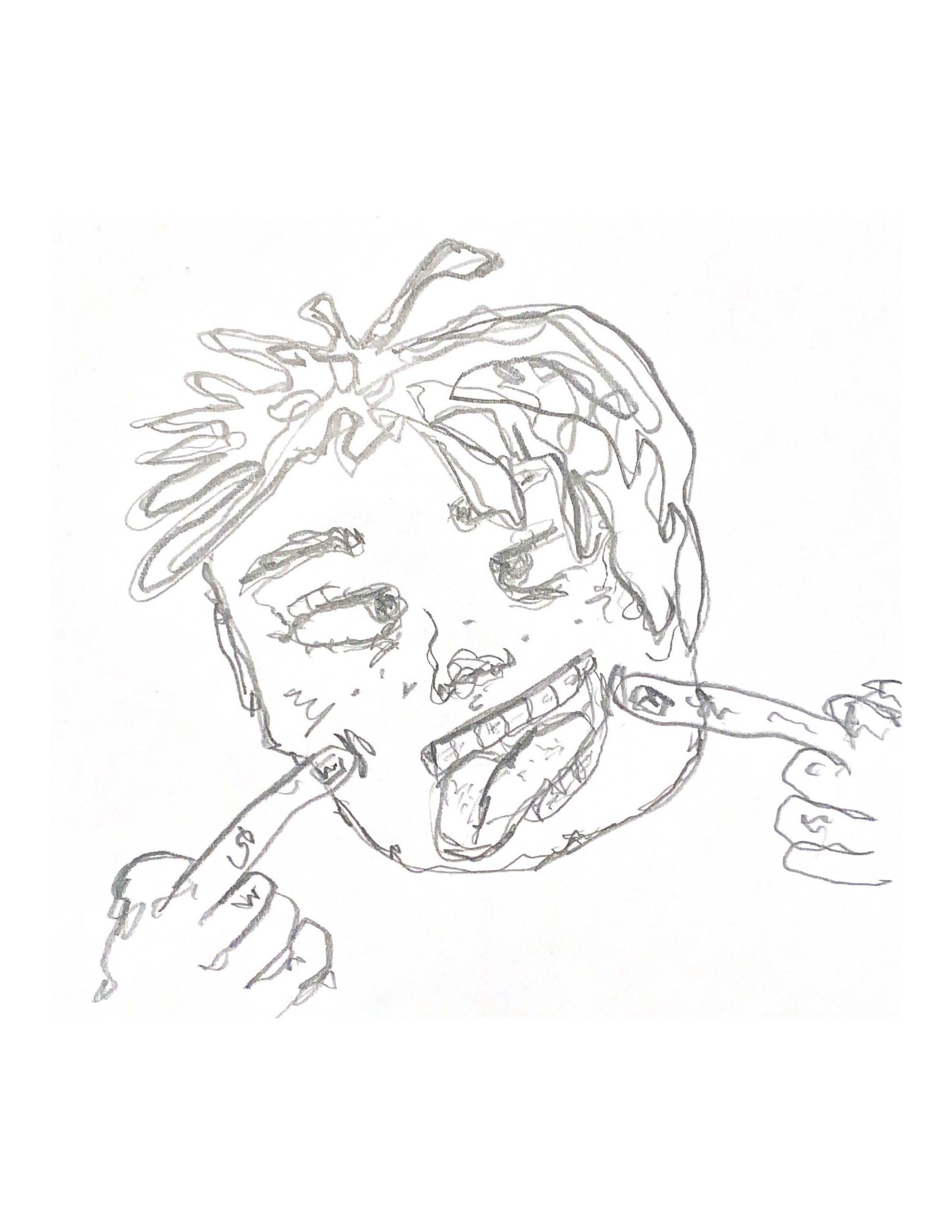
The description of the children is a simplification of ADHD. ADHD is categorized into many types and can manifest very differently depending on the person. Many symptoms of ADHD are even less commonly known than the symptoms of the silent type. To gain a better understanding of the diversity of ADHD it is useful to look at the clinical meaning of the words attention deficit and hyperactivity (the most well-known symptoms of ADHD). Attention deficit is not necessarily a lack as the concept covers all difficulties in controlling attention. For some people attention deficit means that they have a hard time concentrating for a long time, their thoughts flicker from one to the other and they get easily disturbed. Attention deficit can also cause people to overfocus on something for a very long time, spend too much time on it, and have a hard time breaking away from it. Hyperactivity also covers a wide range of behavior and can occur in inconspicuous ways, such as fiddling with objects, hair, pens and so on.
Some types of ADHD are more common with boys or girls, but no type is completely gender-specific and people of all genders have all possible types of ADHD. Most people’s ideas about ADHD do not take this variability into account. The stereotype of ADHD is of an agitated boy with symptoms similar to those described at the beginning of the article. Stereotypes are seldom good, but when they relate to the health of individuals, they are particularly harmful and it is important to try to eliminate them. This is best seen in the ADHD stereotype and its harmfulness for girls and women with ADHD.
Girls who get diagnosed with ADHD are on average diagnosed five years later than boys.
Research shows that interventions and support are more effective the sooner they are provided. Measures of the prevalence of ADHD have for a long time found it to be much more common in boys. However, research of recent years suggests that a large portion of women with ADHD are never diagnosed or misdiagnosed with something other than ADHD. It is commonly believed that this is due to a lack of knowledge about symptoms that are more common in girls. Even when girls show ADHD symptoms that most people should recognize as such, it does not necessarily lead to a diagnosis, those girls are often labeled as tomboy girls. The stereotype of symptoms and the notion that ADHD is a boy’s disorder reduces the likelihood of girls being diagnosed. Undiagnosed ADHD can have an adverse effect on self-esteem and studies, cause depression, anxiety and lead to drinking problems, to name a few things.
Gender stereotypes have no place in healthcare or anywhere else. Yet they are an age-old and persistent problem there as well as in many other fields. The ancient Greeks argued that hysteria could only happen to women and was caused by a displaced uterus, the name hysteria is derived from the word hystera which means uterus. Nowadays, the problem appears in beliefs about and diagnoses of ADHD, autism and many other disorders. Stereotypes also have a terrible impact on men’s mental health, research even shows that doctors are more likely to diagnose women with depression even though they score the same as men on depression measures or have the same symptoms as them. You can read more about the harmfulness of stereotypes for men’s mental health in my article from the second issue of Flóra; Tölum um tilfinningar (in Icelandic).
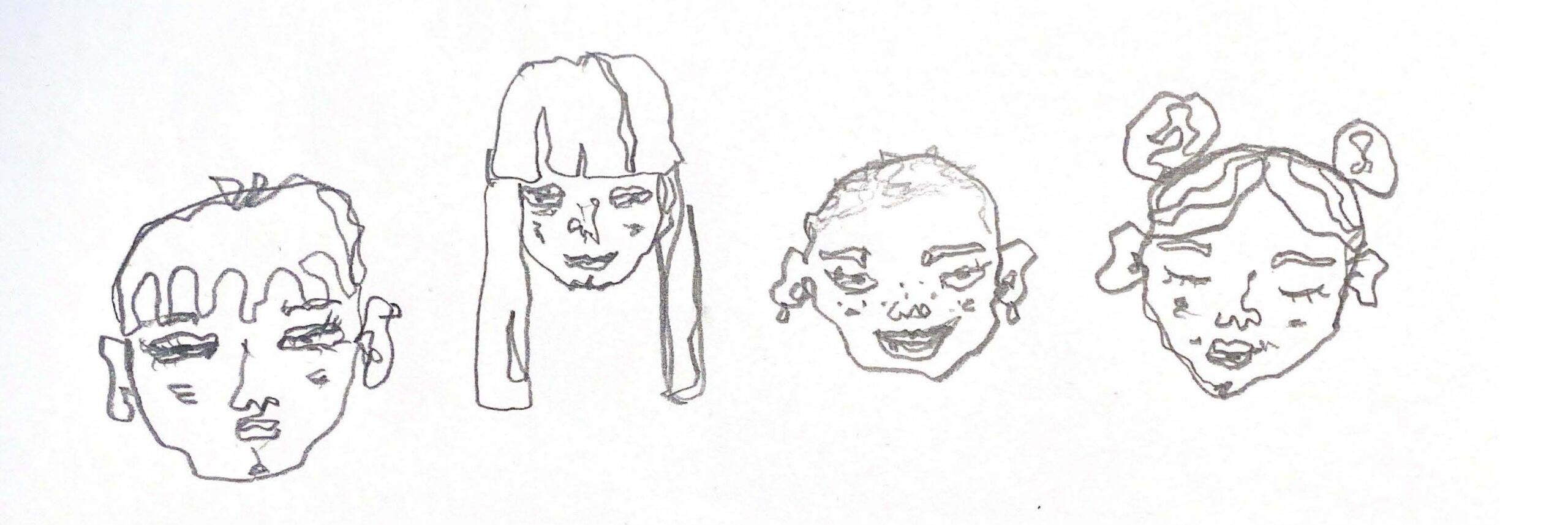
Eliminating gender stereotypes has long been a feminist issue. Gender stereotypes reduce the quality of life of all genders.
They maintain the idea that all women are dramatic, weak, talk a lot, are good at household chores and ill-suited to run companies and countries. The stereotype of men sends the message that they should be big, strong and tough, preferably completely emotionless. Gender stereotypes do not take into account the diversity of society. They are based on gender binarism and lack the scope for differences between individuals. It is easy to see feminist issues in the context of phenomena such as the unexplained gender pay gap, the lack of female CEOs and gender-based violence. The benefits of eliminating gender stereotypes would, however, have a positive effect on all areas of society, although this is not always as obvious.
We as a society must continue to fight against stereotypes and outdated ideas about gender. That way, we can give everyone space to be themselves, promote better mental health for all genders and increase quality of life.
— — —
Those interested in ADHD can read more here:
— The ADHD association has a website, adhd.is, where you can find quality educational material (some of it available in English and Polish). In their online store you can also buy books related to ADHD.
— Information and practical advice for parents and teachers of children who struggle with ADHD symptoms, anxiety or similar problems. Compiled by the Development and Behavior Center and based on high-quality, recognized handbooks and academic books. (Icelandic only)
https://www.heilsugaeslan.is/serthjonusta/throska-og-hegdunarstod/#Tab8
— Dr. Russell Barkley is one of the leading experts in ADHD in the world today, he is the author of various books and academic articles with great information about ADHD. Many videos with interviews and instructions from Barkley can be found on Youtube. Just type “Barkley ADHD” in the search box on Youtube to find various interesting videos.
Useful books on ADHD:
— Learning to slow down and pay attention: A book for kids about ADHD by Kathleen G. Nadeau and Ellen B. Dixon. Available in English here:
https://www.amazon.com/Learning-Slow-Down-Pay-Attention/dp/1591471559
— ADHD and successful schooling which was published by Menntamálastofnun and can be accessed for free in an electronic version here (Icelandic):
https://mms.is/namsefni/adhd-og-farsael-skolaganga-handbokrafbok
References:
https://pediatrics.aappublications.org / content / 135 / 4 / e994.short
https://link.springer.com / article / 10.1007 / s00431-006-0299-5
https://pubmed.ncbi.nlm.nih.gov / 12402565
— — —
The author is a psychologist.
Social Diversity and Health Care
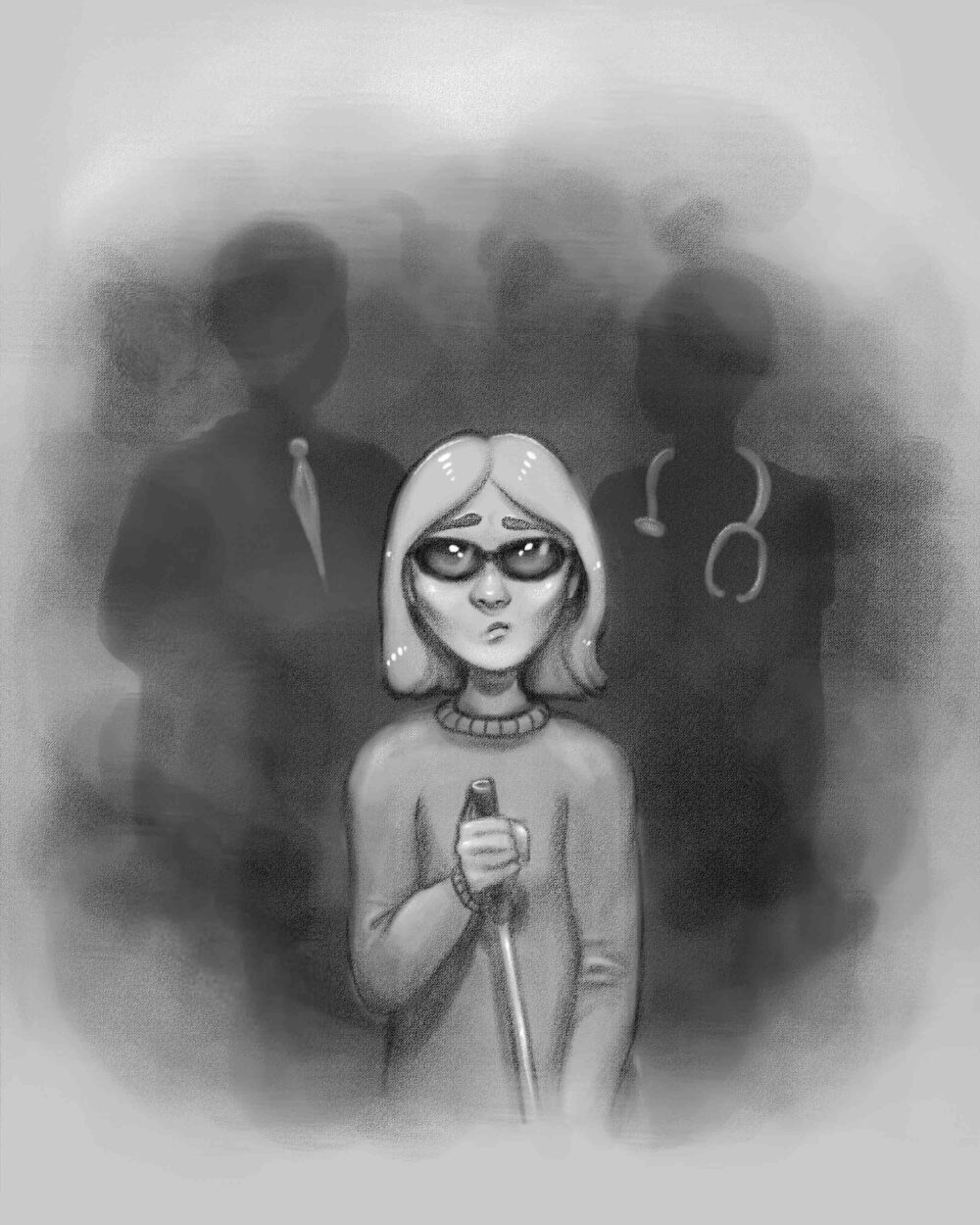
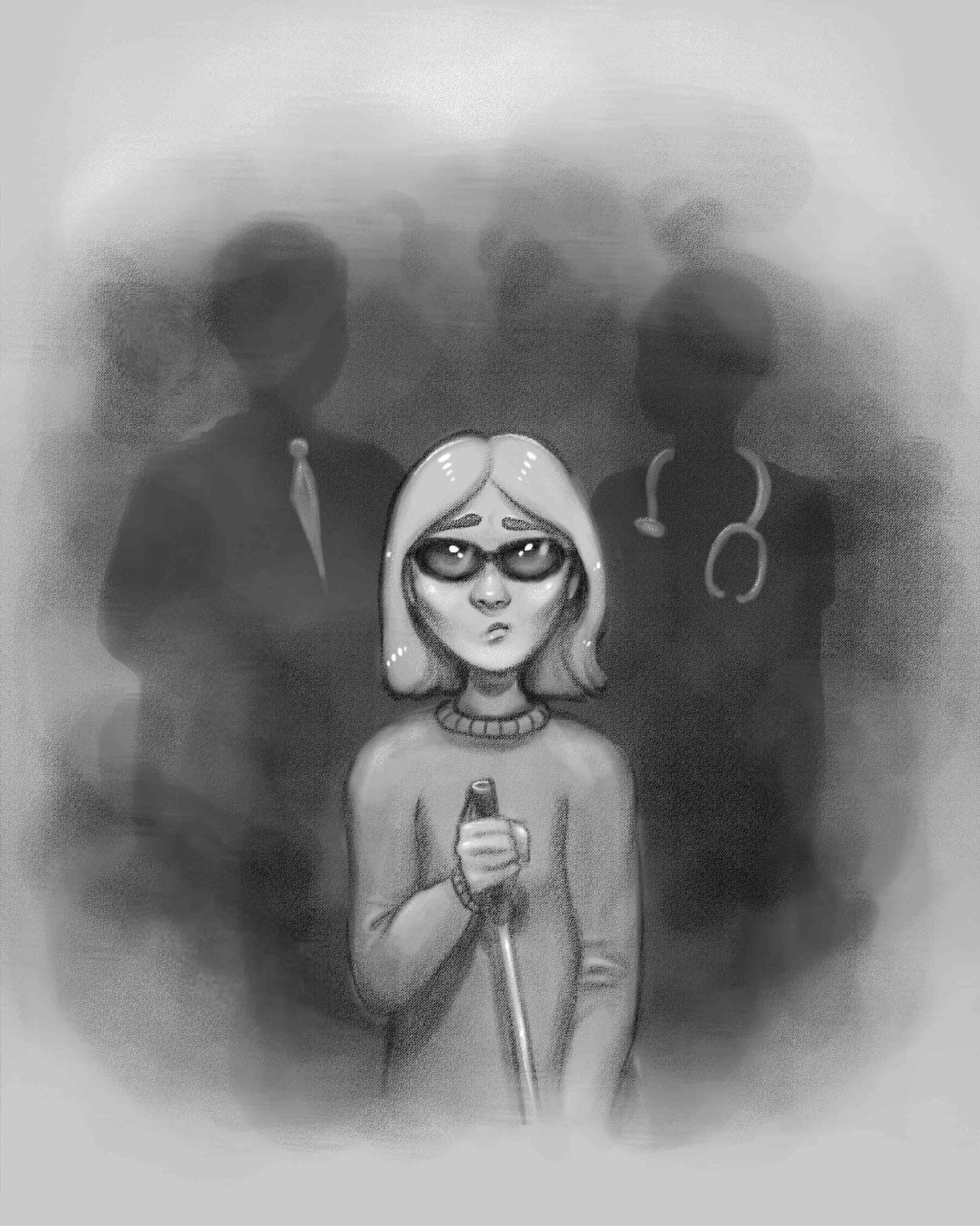
My Right to Exist
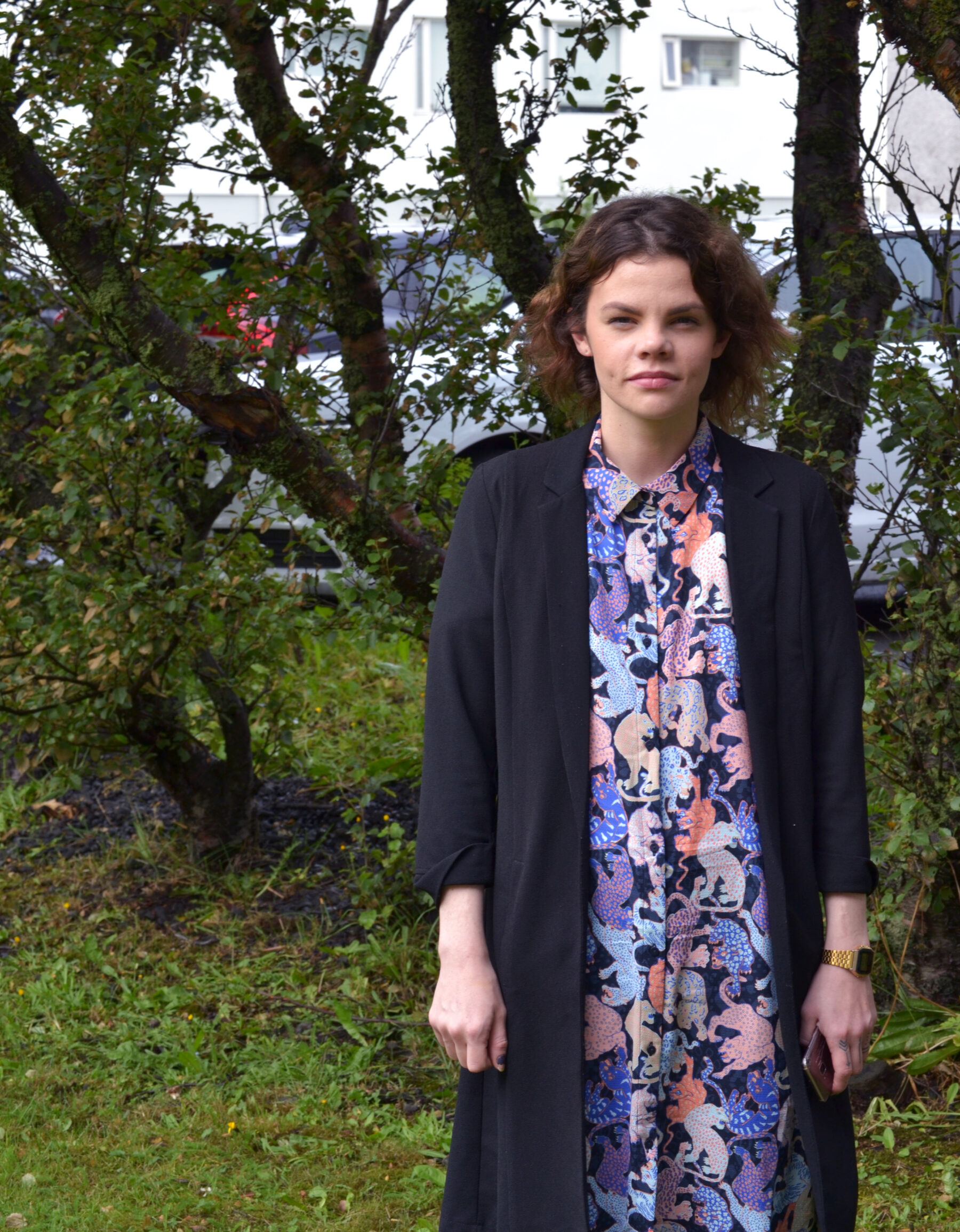

Steps Towards Healing - Interviewing Two Employees at Bjarkarhlíð, Family Justice Center for Survivors of Violence


Read more about...
